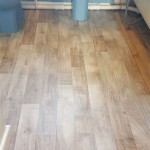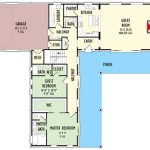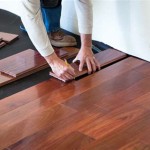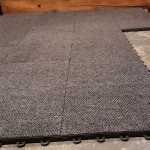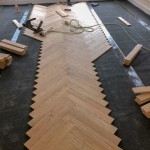Tile Floor Wood Floor Transition
A seamless transition between tile and wood flooring is not only aesthetically pleasing but also functional. It ensures a uniform surface, prevents tripping hazards, and protects the edges of both flooring materials. Whether you're renovating or building a new home, understanding the different transition options and installation techniques is crucial for a successful outcome.
Types of Transition Strips
There are several types of transition strips available, each serving a specific purpose and compatible with different flooring materials:
- Reducer: Used to connect two floors of different heights, such as when transitioning from tile to wood with a thicker profile.
- T-molding: Covers the joint between floors that are at the same height, providing a decorative and flush transition.
- End molding: Conceals the exposed edge of flooring, typically used to finish off the edge of a room or staircase.
- Stair nosing: Provides a safe and secure transition between tile and wood flooring on stairs, preventing slips and falls.
Choosing the Right Transition Strip
Selecting the appropriate transition strip depends on the specific application and the style of both flooring materials. Consider the following factors when making a choice:
- Height difference: Determine the difference in height between the two flooring materials to choose a reducer with the correct height.
- Style: Choose a transition strip that complements the style of both flooring materials and matches the overall décor of the space.
- Material: Transition strips come in various materials, including metal, wood, and vinyl. Select a material that is durable and compatible with both flooring types.
Installing Transition Strips
Proper installation of transition strips is essential for a seamless and secure transition. Here are the general steps involved:
- Prepare the subfloor: Ensure that the subfloor is level and free of any debris or unevenness.
- Cut the transition strip: Measure and cut the transition strip to the desired length using a miter saw or a hacksaw.
- Apply adhesive: Apply a thin layer of adhesive to the back of the transition strip using a notched trowel.
- Place the transition strip: Position the transition strip over the joint and press it down firmly into place.
- Secure the transition strip: Use screws or nails to secure the transition strip to the subfloor.
- Finish the edges: Apply caulk or grout around the edges of the transition strip for a clean and finished look.
- Use a transition strip with a non-slip surface to enhance safety.
- Choose a transition strip that is wider than the gap between the two flooring materials.
- Allow the adhesive to dry completely before walking on the transition strip.
- Inspect the transition strip regularly and make adjustments or repairs as needed.
Additional Tips
Here are some additional tips to ensure a successful transition:

Tile Transition Strips How To Handle Flooring Transitions

Tile To Wood Transition Mix Your Flooring Materials Builddirect

Tile To Wood Transition Photos Ideas

Smooth Tile To Wood Floor Transitions For A Beautiful Finish

Tile To Wood Transition Mix Your Flooring Materials Builddirect

Tile Transition Strips How To Handle Flooring Transitions

Your Guide To Stunning Floor Transitions Next Day Floors

Guide To Flooring Transitions

2024 Trends In Tile Flooring Transitions Atlas Marble

Tile To Wood Floor Transition Ideas 11 Clever Ways Atlas Ceramics


